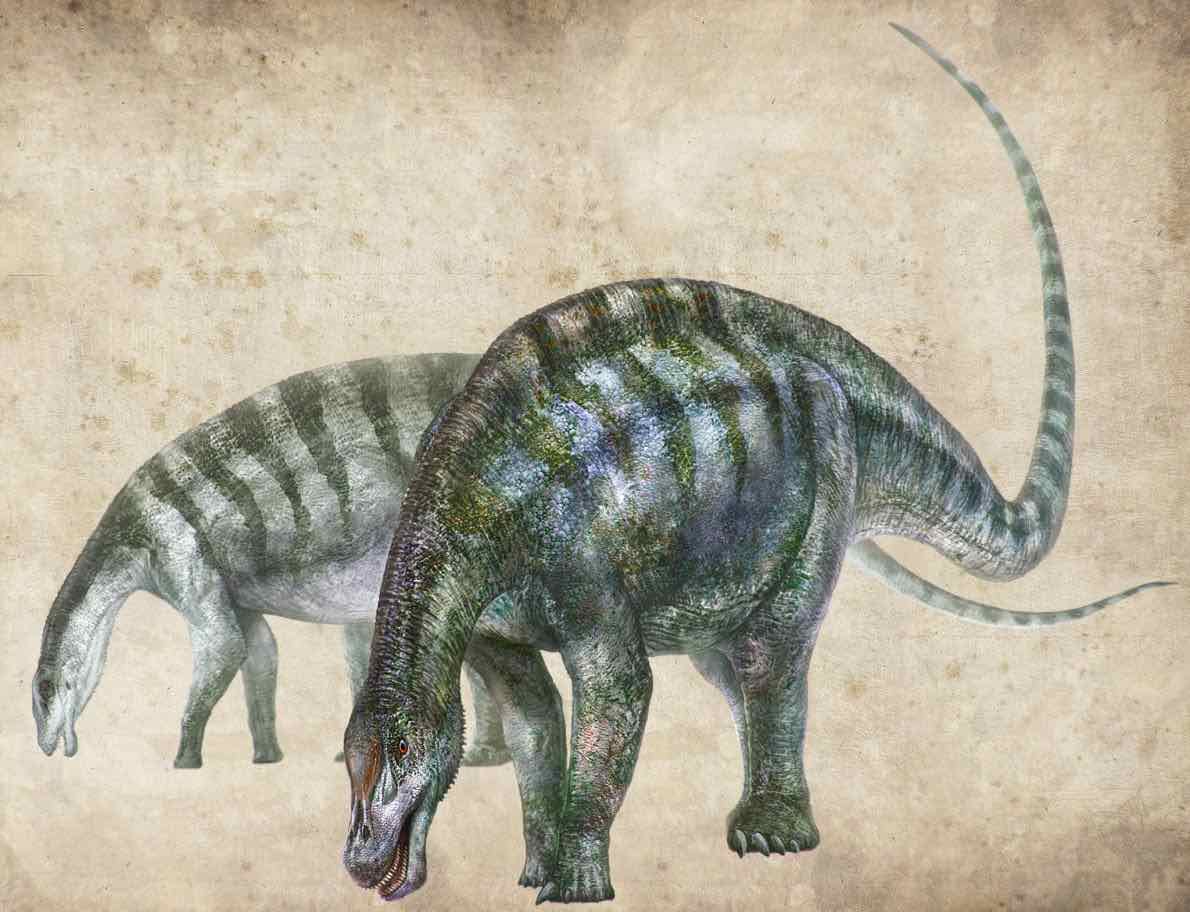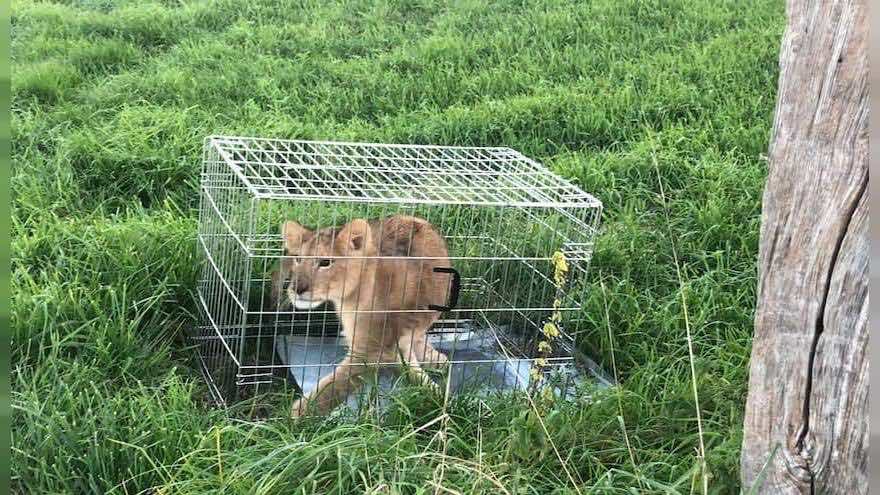
Amazing dragon fossil’Amazing Dragon’ Fossil Upends Origins of World’s Largest Dinosaurs.
Roughly 174 million years ago, a long-necked dinosaur roamed the plains of what is now northwest China. The creature—dubbed Lingwulong shenqi, or the Lingwu Amazing Dragon—was a member of the sauropod family, a group of dinosaurs that includes the famous Brontosaurus and the largest land mammals to walk the earth. The Lingwu dinosaur boasted measurements of about 50 feet from head to whip-like tail, enjoyed a plant-based diet, and—in a shocking twist for paleontologists—burst onto the scene not only 15 million years earlier than previously estimated, but in an entirely different region than anticipated.
Newsweek’s Aristos Georgiou reports that an international team led by the Chinese Academy of Sciences’ Xing Xu has unearthed fossils from eight to 10 individual dinosaurs since launching excavations in 2005. Based on these skeletal remains, the paleontologists pieced together a profile of Lingwulong—newly published in the journal Nature Communications—and shattered long-held beliefs about the sauropod family’s origins.
Xu tells Georgiou that researchers previously thought diplodocoids, a subgroup of a subgroup of the sauropods known as neosauropods, emerged during the aftermath of Asia’s split from the Pangaea supercontinent roughly 164 to 158 million years ago. (The neosauropods include most of the “famous” sauropod dinos, such as Apatosaurus and Brachiosaurus.) As BBC News’ Mary Halton notes, neosauropod fossils have been found in in North America, Europe and eastern Africa, but until now, none were older than 160 million years old, and none were found in Asia. The lack of neosauropods in Asia led scientists to conclude that the breakup of Pangaea created a vast sea that stopped Jurassic-era animals from continent-hopping.
According to National Geographic’s Michael Greshko, the new discovery suggests that the sauropods’ lineage branched off 15 million years earlier than once thought.
“We propose that many of the groups that were supposedly absent in China might well have been present, but we simply do not see them there yet because of poor sampling in the fossil record rather than genuine absence,” University College London paleontologist and study co-author Paul Upchurch tells Greshko.
In a UCL statement, Upchurch adds that Lingwulong’s presence in Asia shows that multiple species of neosauropods spread across Pangaea prior to the supercontinent’s fragmentation, contradicting the idea that Asia’s dinosaurs evolved in isolation from the rest of the world. Now, the 174-million-year-old fossils serve as the earliest known examples of neosauropods, pushing the dinosaur family’s emergence back from the Late Jurassic to the Middle Jurassic period.
However, not all paleontologists are convinced. John Whitlock of Mount Aloysius College tells Gizmodo’s Jessica Boddy that he doesn’t believe that Lingwulong is a diplodocoid and might be more related to Chinese sauropods called Mamenchisaurus or Omeisaurus.
Researchers are still learning about the “amazing dragon” and its habits, but Xu tells Newsweek’s Georgiou that Lingwulong likely traveled in herds and dined on lakeside plants. Philip Mannion, a study co-author and paleontologist at Imperial College London, further explains to that the species was similar in appearance to other sauropods, although it had a slightly shorter neck.
“They probably moved around fairly slowly most of the time, in small herds, and ate quite a lot,” he concludes.













